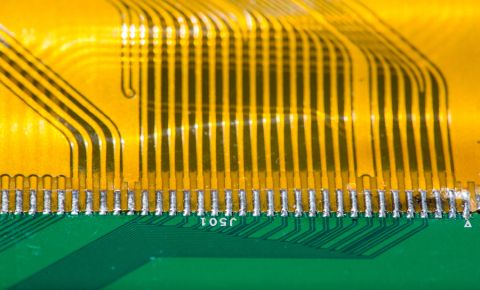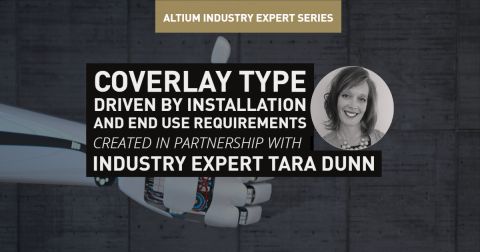Budgetary Quote Early in the Design Process

New products that will be produced in high volumes always start with a prototype, and multiple boards will end up being built throughout the product design and development process. Costs involved have to be scrutinized along the way and at each stage in prototyping, and one way to do this is to request a budgetary quote for your design.
Budgetary quotes provide an estimate for procuring the PCB, assembly services, and the parts in the assembly. Based on these points and the number of expected prototyping rounds, it’s possible to create a product development budget before taking the product into volume production.
When you need to get budgetary quotes for your development budget, make sure to get the information I have outlined below.
Most Important Points of a Budgetary Quote
The right time to get a budgetary quote is just before producing your first prototype for a new product. This can be done just before the design is finalized and sent into fabrication. Budgetary quotes give you a reasonable estimate of a prototype cost before the design is put into prototype manufacturing.
To do this, you will need to submit preliminary output files (normally Gerbers, drills, and the BOM) to the fabrication house and to the assembly house.
Make sure to be explicit in your communications: the outputs you provide are only for budgetary quote purposes.
It is entirely appropriate for the design to be incomplete when generating the outputs. Typically you would be at the point where all placement is completed, and possibly 70-80% of the routing is completed in the PCB layout. To make sure you can get a budgetary quote, make sure to give the fabrication house the following:
- Type and quantity of boards to produce (flex, rigid-flex, PTFE, hybrid build, etc.)
- Smallest etch feature size and smallest drill feature size
- Via types: blind/buried, via in pad, plugging/fill & cap, hole wall plating, backdrilling, etc.
- Surface plating type
- Special features like countersink/counterbore, edge plating, and cutouts
- Additional services such as engineering review
The assembly house will price a budgetary quote from the BOM. They will use the number of unique lines, the total number of placements, smallest SMD package sizes, smallest pin pitch sizes, number of leadless parts (BGAs, LGAs, QFNs), and number of these specialty parts requiring double sided assembly to determine the assembly cost. This portion of the budgetary quote will be highly accurate as long as the BOM is finalized.
What Are the Quality Requirements?
IPC Class 2, IPC Class 3, MIL-31032, all have different requirements and different price points that are important to capture in your estimates. Will you have a requirement for a 3rd part test? This too has an impact on the total cost.
What are the Minimum Drilled Hole Sizes?
The minimum drilled hole size can have an impact on pricing. Mechanically drilled holes are typically less expensive than laser drilled holes and mechanically drilled holes less than .008” can have an impact on cost. The cost added for smaller mechanically drilled holes can be very dependent on the fabricator’s equipment and process, so be sure to understand those capabilities.
What is the Via Structure?
Do you anticipate the design to be standard thru hole construction? Will there be blind and buried vias? Will there be micro vias? If there are micro vias, will these be filled and stacked or staggered, and how many levels? The number of lamination cycles needed to fabricate the flex or rigid flex has a dramatic effect on cost.
What is the Preferred Surface Finish?
Flex and rigid flex designs can use all the same surface finish options as a rigid board. Do you need HASL? Lead-Free HASL? OSP? Silver? Tin? ENIG? ENEPIG? ENIG? These all have different price points and both pricing and lead-time are impacted by which surface finishes your fabricator has in house and runs most frequently.
To Answer the Original Question:
Requesting pricing early in the design cycle can help determine if the design will fit within the product budget, something especially important when working with flex and rigid flex, where factors such as material utilization and via structure can have a significant impact on cost. Once there is an estimate of materials, layer count, via structure and quality requirements, reach out to your fabricator for a stack up and budgetary quotation. This is an excellent time to start a dialog and ask questions to be sure you are not inadvertently adding unnecessary cost to your design.
Would you like to find out more about how Altium can help you with your next rigid flex design? Talk to an expert at Altium.










